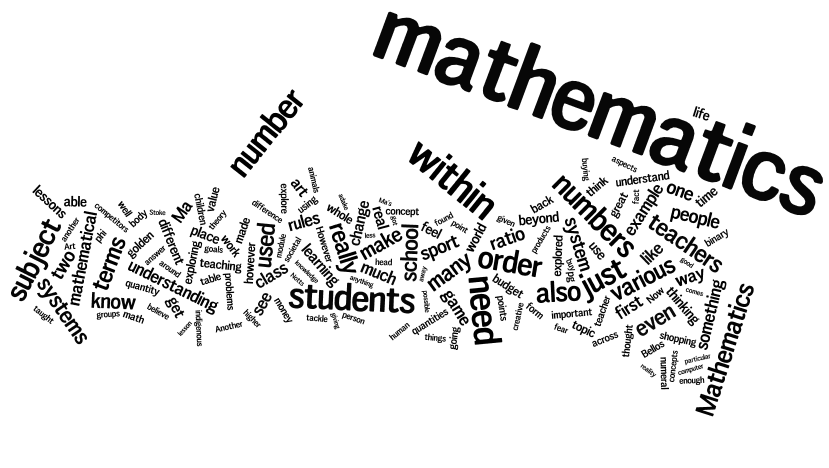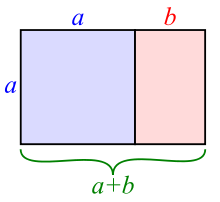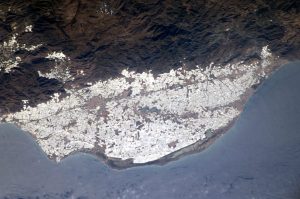This post contains the information needed in section 1 of the portfolio.
This section of the Learning from Life portfolio should be completed prior to going on placement, which will allow a strong basis for continual reflection points during the placement.
Audit of Skills
Rating of skills (1=Not very developed; 3= very developed)
| Skills and Abilities | 1 | 2 | 3 |
| Flexibility | * | ||
| Confidence | * | ||
| Self Discipline | * | ||
| Working Under Pressure | * | ||
| Setting Professional Goals | * | ||
| Taking Risks | * | ||
| Sharing Opinions Confidently | * | ||
| Teamwork | * | ||
| Acting as a Leader | * |
Personal Attributes
| Recognition | Reflection | Action |
| Skills already developed | How will I use these | How do I know (evidence)** |
| Teamwork | Working within ISS, I will be in contact with various staff members and will have to work alongside them in a collaborative manner. | Forming strong bonds with the staff at the International school of Stuttgart.
Also, being approachable to the children that will be from vast spectrums of backgrounds due to it being an international school will ensure that I can work collaboratively with the children in a successful manner. |
| Sharing Opinions Confidently | In order to gain the most from the placement, I will need to be able to contribute my own opinion, which will need to be backed up with factual understanding in order for my opinions to be taken into real consideration. | When my opinion has been put forward and been fully considered by my peers. |
| Working Under Pressure | Not only will I be working in a different country that speaks a different main language from my own, I will also be working within a school that follows a different curriculum. Therefore, I will need to push myself beyond my limits in order to surpass the various pressures so that I can be successful. | I will have gained self-resilience alongside working under pressure and will be able to have sustained the expectations and workloads of the internship within the school. |
| Setting Professional Goals | Making goals prior to the placement and whilst working within the school in order to succeed in my VIVA at the end of the placement. | My continuing assessment of on going goals will ensure that I will have a successful VIVA. |
| Confidence | Being confident to express thoughts and opinions, which will be needed in both English and German | I will increase my confidence in both English and German. |
| Flexibility | Being open to change and being adaptable to the varying factors that affect the day-to-day workings of a school | When I can think on my feet when adjustment is needed to be made to practice whilst in the International school |
Knowledge
I will be basing much of my knowledge on my first year placement and my previous experiences within working in primary schools prior to university, however, due to this being an international school in a different country, I will need to look at the placement through a different lens. Furthermore, I have learned the language of German up to an advanced level (advanced higher in school and an advanced level as an elective last year at the university) however, I will be experiencing the language in its natural environment. Also, due to the school being part of the International Baccalaureate, I will need to increase my knowledge in the differences in curriculum between that of the Scottish Curriculum for Excellence and that of ISS. Particularly as the International Baccalaureate strives for creating “internationally minded people” (International Baccalaureate, 2013, pg. 5)
Personal Attributes
I believe that I am a person that strives in challenging situations and I like to be pushed beyond my limits academically and within practice, and I believe that ISS is the perfect place for me to be able to, not only increase my professional development as a teacher, but also see beyond the teaching experience that I gained in Scotland. I want to also use my team working skills to form cohesive bonds with the staff and students at the school, as this will ensure that I will get the best results for my placement. Approachability, resilience and creativity are also attributes I hope to hone.
Professional Values and Personal Commitment (SPR 1) – Pre-Placement Reflections (General Teaching Council for Scotland, 2012)
1.1 Social Justice
- I will need to embrace the different culture of the surrounding area of the school (Stuttgart, Germany) and take into consideration the various backgrounds of both the staff and the children that I will be working alongside in order to show a real dedication to aiming for social justice, particularly as the school will have people from across the globe under one cohort and student base.
1.2 Integrity
- Criticality must be at the forefront of my practice, as this opportunity will allow me to see a completely different curriculum, which will allow for a real critical reflection upon my own educational philosophy.
1.3 Trust and Respect
- Acting in a professional manner to be able to create an inclusive and accepting aura will ensure that both students and staff will feel respected and well encompassed from the get-go of my arrival. I want to be able to be seen in a similar fashion as the pre-existing staff members at ISS in that, I will be there to support all students and staff members.
1.4 Professional Commitment
- Lifelong learning coinciding with continual collaborative practice will mean that I need to reach out as much as possible when opportunities arise for my services to be put to the test, for example, extra-curricular activities, staff meetings and CPD events, which will probably differ in comparison to those in Scotland, will be very beneficial for me so I should put myself forward for them when possible.
Identification of Skills and Knowledge
I have a strong understanding in terms of the environment of Scottish education due to placement and the multiple workshops during the 2 years of being in university, however, have limited knowledge in terms of the differing curriculum and philosophical approach towards education as a whole, thus making it an area that I will need to work on. This placement will play well into to the skills that I was able to develop during my first year placement in that I will be returning to the environment of a primary school. During the placement, i will be staying with a Germany family, which will require my skills in the German language being tested and explored within its naturally spoken environment. I will need to use my people skills in order to overcome the language barrier that will no doubt be a challenge at first, as it has been some time since I have utilised the language. Furthermore, I feel that much of my education in the language has been centred around the written format of language, which will be trickier to formulate into speech and to also be able to engage with spoken German that is being said to me, at first.
Reflection of Experience to Date
Reflecting upon my experiences as a whole, I can utilise my pre-university experiences that I gained as a UK-German Youth Ambassador for the government-funded organisation that aimed to bring young people together to promote the learning of languages and my current university experiences to show my passion for both language and education. Dana and Yendol-Hoppey (2009) find that teachers need to be flexible to any given context they are put into, and that a welcoming attitude will serve any teacher well, thus meaning that I should be open to change, especially within a situation that is very abstract from my usual experiences.
What I hope to Achieve
- I hope to improve both my understanding of the language of German and the culture of Germany, which will be best achieved through participation with my host family and any events at the school (Interlinks with Social Justice – SPR 1 as I will need to consider the local and global values that surround the school and my host family).
- Gain a deeper understanding of the International Baccalaureate system, particularly the progression of the Primary Years Programme – I will be coming with a good knowledge in the Scottish education system, however, I feel it is necessary for me to learn as much as possible about the IB system, as it will give me more areas for reflection in terms of my educational philosophy when being faced with an entirely knew format to teach towards (Interlinks with Professional Commitment – SPR 1 as I need to be dedicated to continually learning new ways to hone my professional practice) – I also feel it would be beneficial to make contrasts and links between the two where possible.
- Expand my professional knowledge in terms of strategies, teaching methods and approaches towards teaching through both observation and teaching of my own. I would also like to see more than one class levels to see a full scope in a child’s education within the International School of Stuttgart (and, in turn, understand the differing levels in education as a whole some more).
Reference:
Dana, N.F. and Yendol-Hoppey, D. (2009) The Reflective Educator’s guide to Classroom Research: learning to teach and teaching to learn through practitioner inquiry, California: Corwin Press.
General Teaching Council for Scotland (2012) The Standards for Registration: mandatory requirements for Registration with the General Teaching Council for Scotland [pdf] Available at: http://www.gtcs.org.uk/web/FILES/the-standards/standards-for-registration-1212.pdf (Accessed: 20 February 2018).
International Baccalaureate (2013) What is an IB Education? [pdf] Available at: http://www.ibo.org/globalassets/digital-tookit/brochures/what-is-an-ib-education-en.pdf (Accessed: 27 February 2018).
IB logo image sourced from wikimedia and UK-German Connection logo sourced from: http://www.ukgermanconnection.org/home











 o much more. They’re all how
o much more. They’re all how



